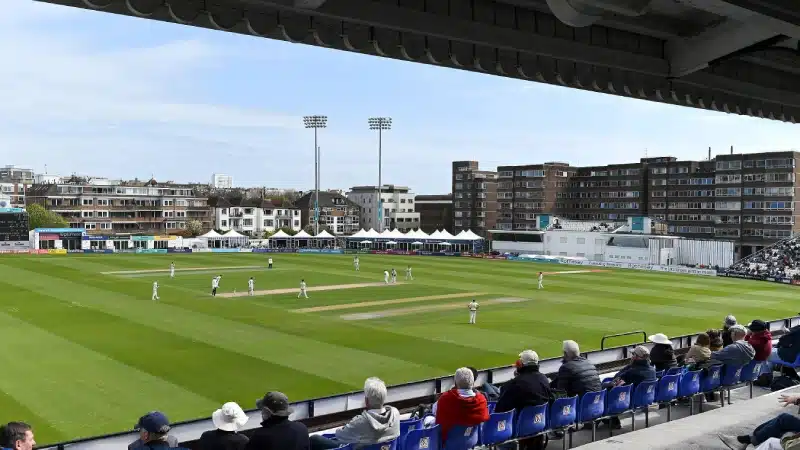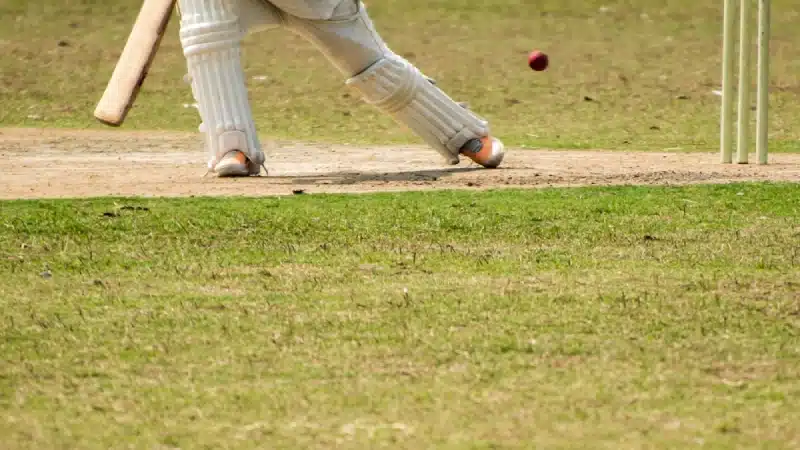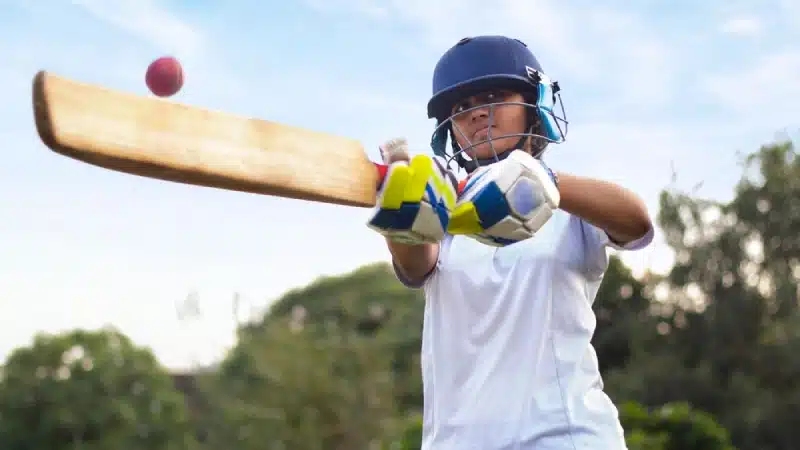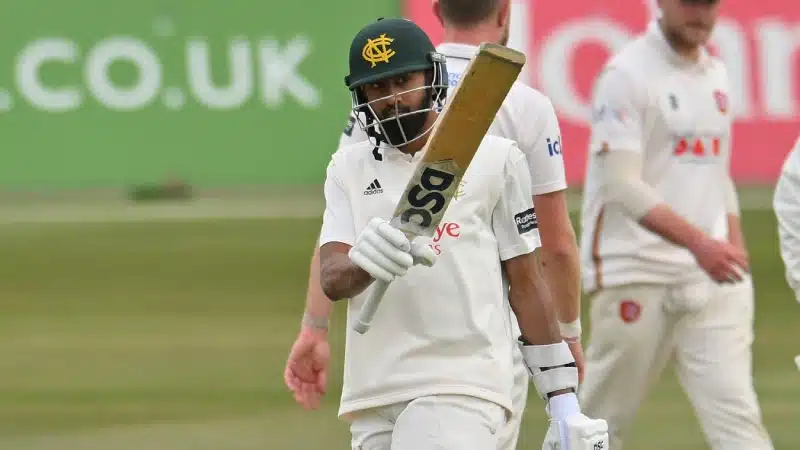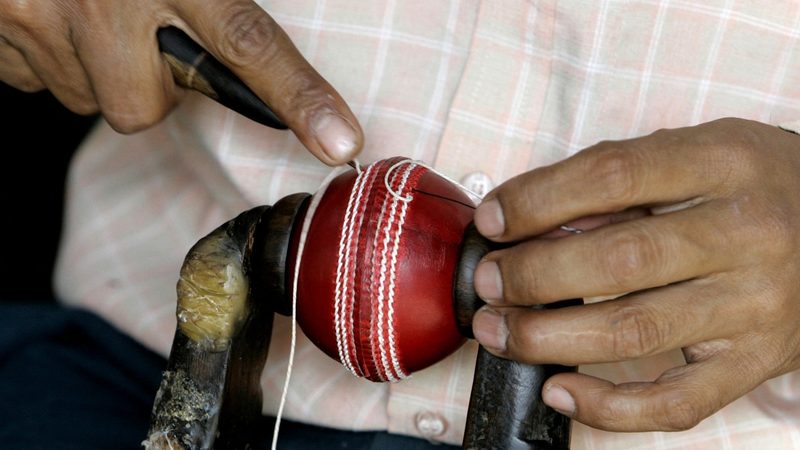
The SG cricket ball is used for every match that the Indian cricket team plays on home soil.
First introduced as the official ball for Ranji matches in 1992, the Board of Control for Cricket in India (BCCI) sanctioned its official use in Test matches two years later in 1994.
While the SG ball has its share of positives and negatives, we take a look at the history of India’s official Test match ball.
Where is the SG ball used?
The SG ball is used predominantly in India for all cricket matches. Its competitor, the Dukes ball, is used in England and West Indies while the rest of the Test nations use the Australia-made Kookaburra ball.
SG ball manufacturing: Where is it made?
The SG ball is made in Meerut, Uttar Pradesh by Sanspareil Greenlands, a sports equipment company started by brothers Kedarnath and Dwarakanath Anand. The ball was first introduced in Indian Test matches in 1994.
What is the key difference between the SG, Dukes and the Kookaburra cricket ball?
While all six rows of thread on a Dukes ball and SG ball are stitched by hand, the Kookaburra ball predominantly is a machine-stitched ball.
What makes the SG ball stand out against the Dukes and Kookaburra ball is that it has the hardest thread which gives it a prominent seam. This allows the ball to last longer on hard and abrasive Indian pitches.
Which type of bowlers enjoy bowling with SG ball?
Cricket pitches in India generally are dead, in the sense, they are completely flat with no grass and moisture. Spinners tend to make the most of such surfaces as the ball comes off slower. With dry weather conditions also playing a crucial role, the sturdy SG ball is said to survive longer than any other ball.
What is the major criticism of SG ball?
The SG ball was brought under the scanner during the 2021 India vs England Test in Chennai, when then-Test captain Virat Kohli and Ravichandran Ashwin complained that the ball’s seam was completely destroyed in 60 overs.
The criticism by the Indian players drove Sanspareil Greenlands to work on a new variant of the SG ball for an 18-month period. They came out with an SG ball with an uthi hui (pronounced) seam, a darker shade of red and a harder core.
The new SG ball, as stated by Paras Anand (marketing director of SG), will last for 50 to 60 overs with a new harder core.
Is SG owned by Sunil Gavaskar?
Sunil Gavaskar is one of the most prominent endorsers of the SG brand. It was once even rumoured that he would eventually buy the cricket equipment manufacturing brand.
The original Little Master, in fact, drove up the sales of the SG brand as he played pivotal knocks for India during his legendary career with the SG bat. According to Paras Anand, Gavaskar even turned down many massive contracts from foreign brands and signed a formal ‘lifetime contract’ with SG instead in 1983.
Even at the time of his retirement, Sunil Gavaskar was playing with the SG bat. The World Cup winner played with the SG 'Triple Crown' and 'Sunny Tonny' bats during his 16-year illustrious career.
Author: William Paul
Follow us on Telegram for the latest updates from the world of sports!
Interested in cricket betting? Click here to check out the list of top sites.
Featured photo: AFP / PRAKASH SINGH












